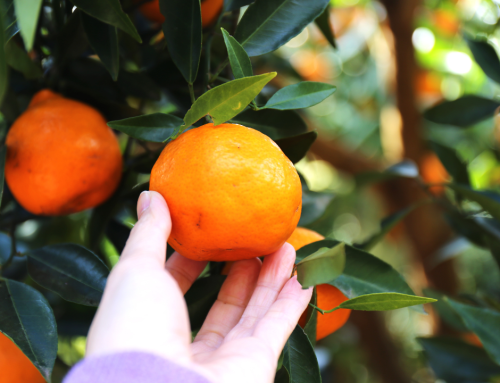Fruit flies are on the move
Severe hail storms in areas of the Goulburn Murray Valley (GMV) in the last week of September impacted some growers. Depending on the size and set of fruit, crop losses could mean increased Queensland Fruit Fly (QFF) numbers in commercial growing areas this spring if destroyed fruit is not picked or stripped from trees, mulched or disposed of in an approved manner.
Ideal weather conditions
Fruit fly trapping rates across the GMV region have started their seasonal upward trend. This increase reflects the start of the new fruit fl y season and happens when morning temperatures reach between 13-15 ̊C. These flies were able to find suitable refuge during winter and survive. It is these surviving flies that will be the cause of this season’s fruit fly problems if not kept in check. A sunset temperature of approximately 15-16 ̊C provides ideal conditions for QFF to mate, resulting in population increases at this time of year.
Impact of rainfall
Numbers are expected to increase through October due to predictions of higher than normal rainfall. Action now through prevention and control measures is crucial and will reduce the spread of the pest in coming months.
Warmer than normal temperatures plus extra rainfall is expected to result in more fruit and more fruit flies in the GMV this coming season, however if growers, home gardeners and the broader community can manage fruit flies effectively, this trend can be reversed.
Take action to stop the spread
If vigilance is not maintained, and fruit fl y control measures undertaken in early spring, flies that have survived the winter will find host fruit resulting in QFF population explosions in December 2020 and January 2021. Critical control and prevention tasks include:
- monitoring through trapping
- fruit inspection
- host tree/plant removal
- baits
- netting
- windfall clean-up
- approved pesticides – in stock and
- ready for use if required




